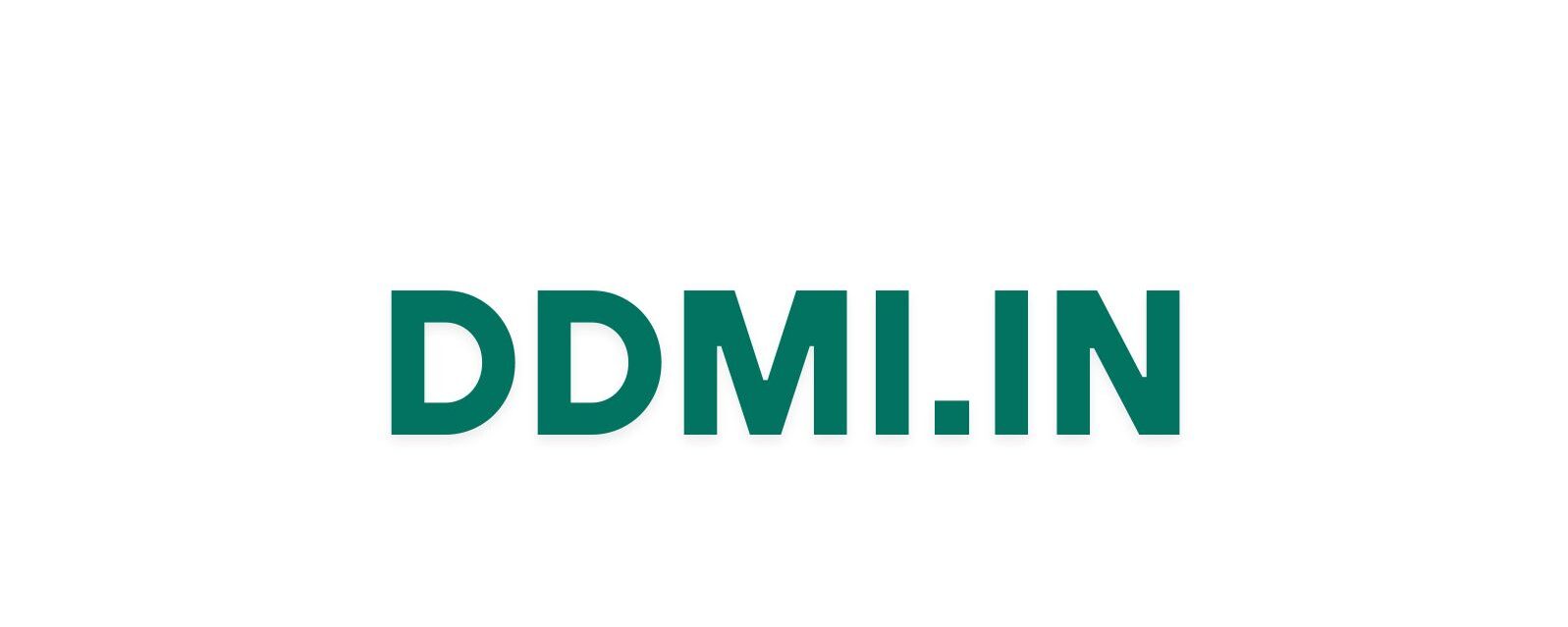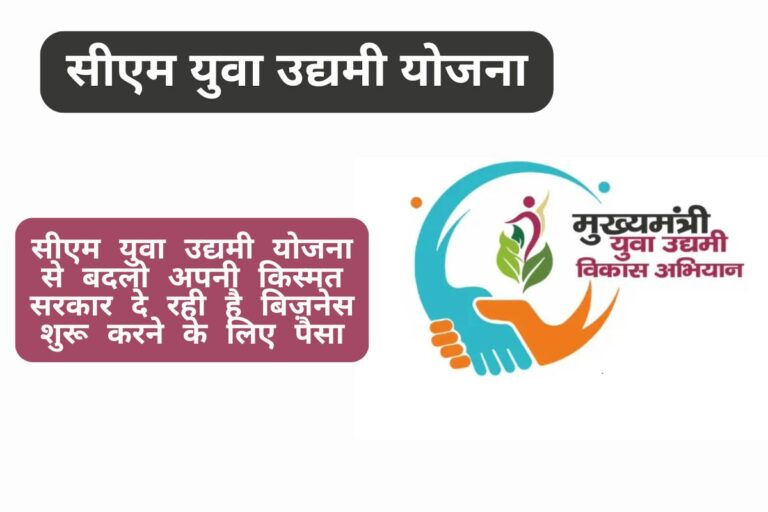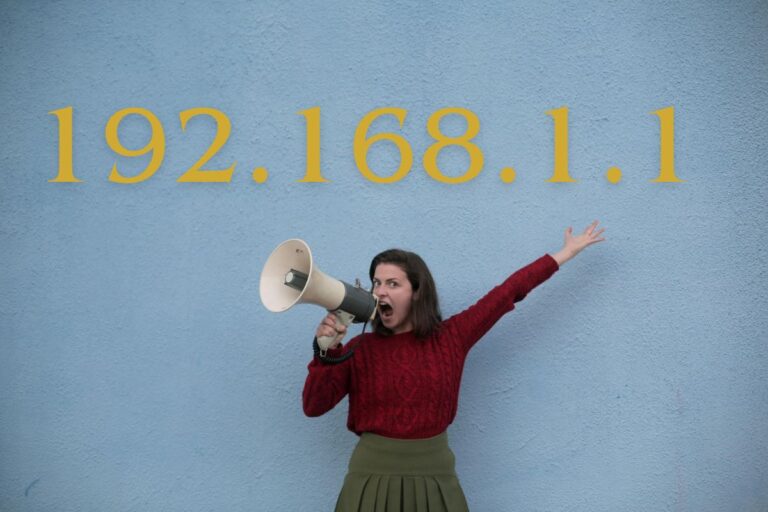Social Security Garnishment Starts July 24 – Are You One of the Million at Risk?
Social Security Garnishment: Hello, Social Security Garnishment is making waves this July, and it could affect over a million Americans. Beginning July 24, 2025, the Social Security Administration (SSA) will start deducting portions of benefits from recipients flagged for overpayments. If you’re retired, disabled, or receiving survivor benefits, this development could impact you directly.
What Is Social Security Garnishment?
Garnishment happens when the SSA withholds part of your monthly benefit to recover overpayments. These overpayments can happen for many reasons: SSA errors, unreported income, or life events that weren’t updated in their system.
In July 2025, new enforcement rules will kick in as part of an effort to recover an estimated $23 billion in overpaid funds. Some recipients could see up to 50% of their monthly check withheld if no action is taken.
Overview Table: Social Security Garnishment 2025
| Policy Detail | Information |
|---|---|
| Start Date | July 24, 2025 |
| Total Impacted | Over 1 million beneficiaries |
| Monthly Deduction Rate | Up to 50% |
| Target Recovery Amount | $23 billion |
| Common Overpayment Causes | SSA errors, unreported income, life changes |
| Who is Affected | Retirees, disabled workers, survivors |
| Official Action | Notices sent, garnishment if no action taken |
Why the SSA Is Doing This
The SSA is under pressure to resolve longstanding financial imbalances. Due to inaccurate records, late reporting, and system mismanagement, the agency paid billions in extra benefits. While the intent is to fix these issues, many Americans feel blindsided by the sudden garnishment notices.
SSA is focusing enforcement now more than ever, especially as technology makes it easier to track discrepancies in earnings and benefits.
Who Is Most at Risk?
The people who are most likely to be affected include:
- Retirees who rely entirely on Social Security income.
- Disabled workers who returned to work or experienced income changes.
- Survivors receiving benefits after the death of a spouse or parent.
If you received a notice or think you may have been overpaid, take action immediately.
Social Security Overpayment: Common Causes
Many recipients are surprised to learn they were overpaid. But here are some of the most common reasons:
- Returning to work without reporting new income
- SSA system or calculation errors
- Marital status changes not reported
- Changes in dependents
- Moving to a new residence without updating SSA
Sometimes these issues are not caught for years, then the SSA demands repayment quickly—often with little notice.
How to Avoid Garnishment Before July 24
If you received a notice, don’t ignore it. Here’s how to legally stop or reduce garnishment:
- Review the Notice: Read it carefully to understand how much you owe and why.
- Request a Waiver: If it wasn’t your fault and repayment would cause hardship, file for a waiver.
- Request Reconsideration: If you believe the SSA made an error, dispute it.
- Negotiate Repayment Terms: Ask the SSA to reduce the amount they deduct.
- Contact a Legal Advisor: A Social Security advocate can help guide you through the process.
The sooner you act, the better your chances of avoiding steep deductions.
Filing Options Table
| Option | Description |
| Waiver | Forgiveness of overpayment due to no fault + hardship |
| Reconsideration | Challenge the amount or reason for the overpayment |
| Installment Repayment | Agree to a small monthly deduction instead of full garnishment |
When Will Payments Be Affected?
The garnishment process officially begins on July 24, 2025. After that, your monthly benefit could be reduced without further notice if no steps have been taken.
According to the SSA, over 2 million Americans owe repayments, and roughly half will face automatic garnishment if they do not respond in time.
What Happens If You Do Nothing?
If you ignore the notice:
- Up to 50% of your benefit may be withheld monthly
- It will continue until the full overpayment is recovered
- You may lose eligibility for future benefits until debt is cleared
How to Check Your Social Security Account
Visit SSA.gov and log in or create an account. You can:
- See any overpayment notices
- Check your current benefits
- Upload documents
- Track appeal or waiver requests
You can also call the SSA directly or schedule an appointment at a local office.
Responsible Ways to Handle Garnishment
If you can’t stop the garnishment completely, here are steps to minimize the impact:
- Reduce household expenses temporarily
- Delay nonessential purchases
- Use community resources for food, rent, or utilities
- Consider part-time income if your health allows
While it’s stressful, you are not alone. Many Americans are going through the same issue.
Also Read:
- $3,000 IRS Refund in July 2025, Check Status, Eligibility, and Payout Dates
- New $1,390 Stimulus Check in 2025: Dates, Eligibility & How to Claim
Frequently Asked Questions (FAQs)
Q1: When does the garnishment start?
A: July 24, 2025
Q2: How much can be withheld?
A: Up to 50% of your benefit, depending on the case
Q3: Can I stop it after it starts?
A: Yes, you can still apply for waivers or reconsiderations, but it’s better to act early
Q4: What documents help my case?
A: Rent receipts, utility bills, medical expenses, income proof, or tax filings
Q5: Who is affected the most?
A: Retirees, disabled workers, and survivors who rely mainly on Social Security
Final Tips to Stay Prepared
- Don’t ignore SSA mail or emails
- Respond to any notice quickly
- File all requests or appeals before July 24
- Update your records (income, marital status, dependents)
- Ask for help if needed—many nonprofit legal services offer free assistance
Conclusion
Social Security Garnishment beginning July 24, 2025, is a serious development, but it doesn’t have to catch you off guard. By understanding the reasons behind the garnishment, knowing your options, and taking action ahead of time, you can protect your benefits and maintain your financial stability.
Visit SSA.gov today to check your status and take the first step in defending your income.






